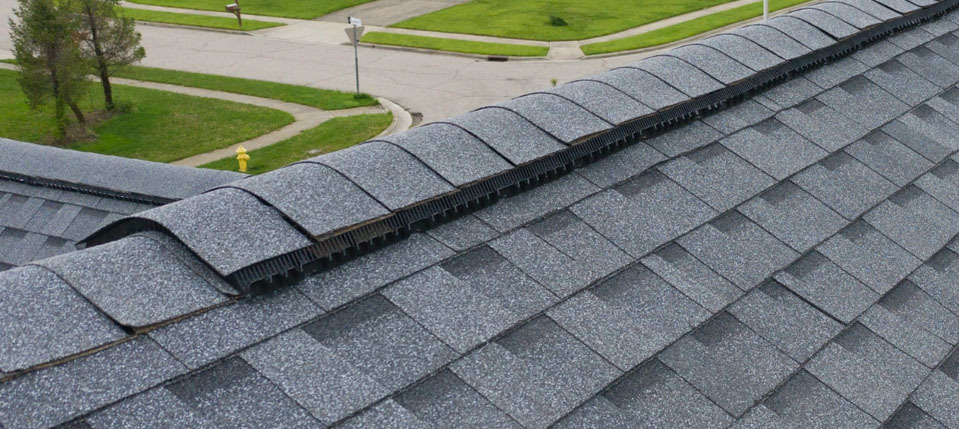
“Think of it as your roof’s lungs, keeping everything cool, dry, and healthy. Proper roof ventilation should be balanced…“
Did you know that many homes suffer from improper roof ventilation, leading to costly damage and discomfort? At Whitaker Roofing Company, we’ve seen countless roofs in Georgia, Tennessee, and Alabama struggle with this hidden issue. Proper roof ventilation isn’t just a technical detail—it’s the key to a healthy, long-lasting roof. In this article, we’ll explain why roof ventilation is critical, why most homes get it wrong, and how to spot and fix problems. We’ll also dive into the debate between ridge vents and box vents, and why upgrading might be your best move. Let’s dive into why balanced ventilation—50% intake and 50% exhaust—is a game-changer for your home.
Roof ventilation is the system that allows air to flow in and out of your attic or roof space, regulating temperature and moisture. Think of it as your roof’s lungs, keeping everything cool, dry, and healthy. Proper roof ventilation should be balanced: 50% intake (fresh air entering, usually through soffit vents) and 50% exhaust (hot, moist air exiting through ridge or roof vents). When done right, it:
At Whitaker Roofing Company, we know that a well-ventilated roof is a durable roof. Learn more about our expertise at wrcroofing.com.
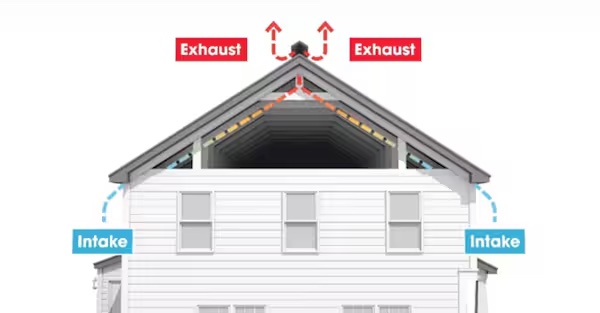
Shockingly, many homes have improper roof ventilation—often with too much exhaust and not enough intake at the soffits. This imbalance is like trying to breathe with a stuffy nose. Here’s why it happens and what it means:
Whitaker Roofing Company has fixed countless ventilation issues across Metro Atlanta, Nashville, and Birmingham, and we’re here to help you avoid these pitfalls.
When it comes to exhaust ventilation, two common options are ridge vents and box vents. Understanding their differences can help you make an informed choice for your roof, and at Whitaker Roofing Company, we often recommend upgrading to a ridge vent if your home currently has box vents. Here’s a breakdown:
While box vents can still work in certain cases, they often fall short of the 50/50 intake-exhaust balance needed for optimal roof ventilation. At Whitaker Roofing Company, we assess your roof’s current setup and recommend upgrading to a ridge vent if it suits your home’s design and ventilation needs. This upgrade can enhance your roof’s performance and longevity, saving you money in the long run.
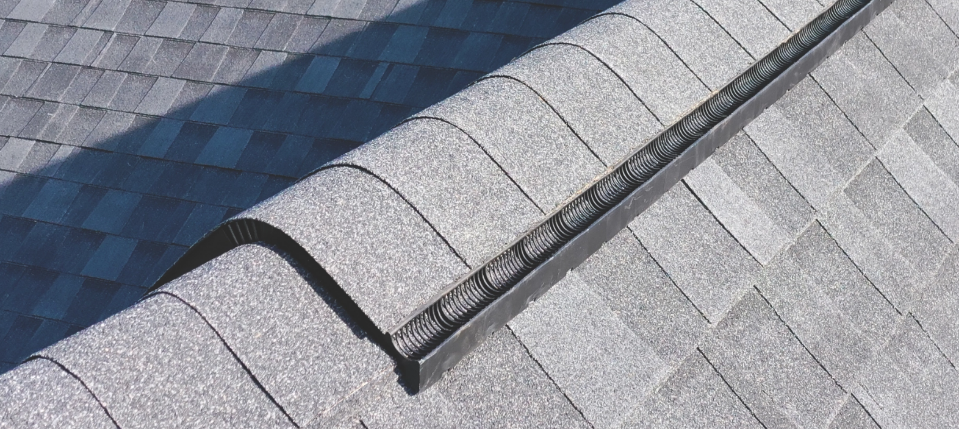
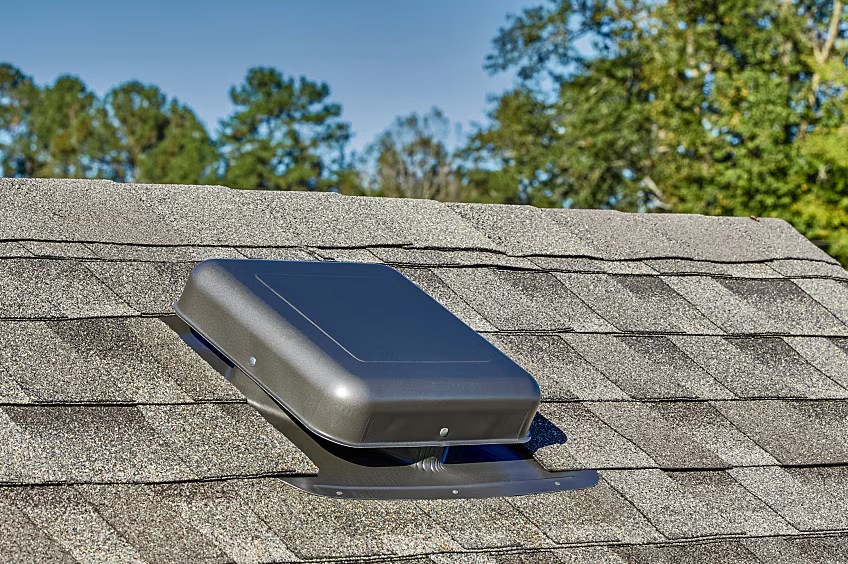
To make roof ventilation simple, here are key points to remember:
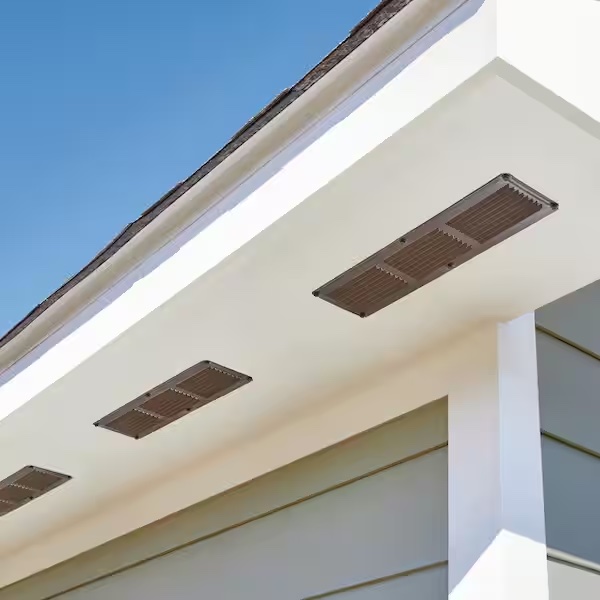
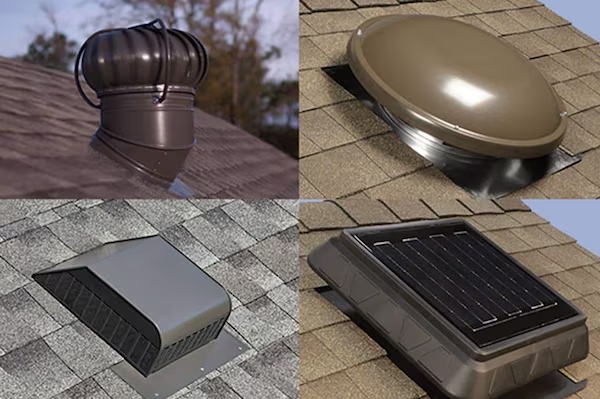
Wondering if your home has improper roof ventilation? Watch for these red flags:
If you notice any of these, your roof ventilation might be out of whack. Don’t panic—Whitaker Roofing Company can help.
If you think your home’s roof ventilation is off, here’s how to take action:
Our team at Whitaker Roofing Company has the tools and know-how to bring your roof ventilation up to speed, saving you money and stress.
Conclusion
Proper roof ventilation—balanced at 50% intake and 50% exhaust—isn’t just a nice-to-have; it’s essential for your roof’s health and your home’s comfort. Too many homes suffer from too much exhaust and not enough soffit intake, and outdated box vents can worsen the problem. Upgrading to a ridge vent, when possible, offers better airflow, durability, and aesthetics. Whitaker Roofing Company is here to help homeowners in Georgia, Tennessee, and Alabama get it right.
Suspect your roof ventilation is off? Don’t let heat and moisture take over—call Whitaker Roofing Company now for a free inspection. Let’s balance your roof’s airflow, consider a ridge vent upgrade, and protect your home for years to come!
COST TO REPLACE ROOF Whitaker Roofing Company 25 October 2025 Cost to Replace Roof: Affordable Options with Whitaker Roofing Company “The cost to replace a…
WIND DAMAGE ROOF Whitaker Roofing Company 17 October 2025 Wind Damage Roof: What You Need to Know with Whitaker Roofing Company “Wind damage to roof…
ROOF REPLACEMENT COST Whitaker Roofing Company 10 October 2025 Roof Replacement Cost: What to Expect for Your Home with Whitaker Roofing Company “It’s a big…
Interested in safeguarding your home with a no-cost roof inspection and assessment?
Whitaker Roofing Company offers expert residential and commercial roofing services in Georgia, Tennessee, and Alabama. Specializing in roof inspections, repairs, and replacements, we ensure your roof’s durability and protection.
Trust our experienced team for quality workmanship and customer satisfaction. Contact us today to secure your roof’s longevity.